Table of contents
- Introduction: Bee Identification Made Easy
- How to Use the Bee Identification Tool (3 Simple Steps)
- UK Bee Identification Tool
- Photo Guide: British Bumble Bee Identification by Colour and Pattern
- Honey Bee Indentification Chart
- BumbleBee Indentification Chart
- Cuckoo Bee Indentification Chart
- Solitary Bee Indentification Chart
- The Importance of Bee Identification
- Key Bee Groups
- Bee Identification FAQs
- Conclusion: Why Bee Identification Matters
Introduction: Bee Identification Made Easy
If you’ve ever spotted a bee in your garden and thought “what kind of bee is that?” — you’re not alone. With 250+ bee species in the UK, bee identification can feel overwhelming at first, especially when many species share similar colours and patterns.

This guide focuses on bees (not wasps or hoverflies) — but if you’re unsure what you’re looking at, there’s a quick ID tip in the FAQs below.
This guide is designed to make UK bee identification simple, visual, and practical. Instead of relying on dense text alone, you’ll find clear identification charts, real photographs, and an interactive bee identification tool that helps you narrow down species step by step.
You can use the Bee Identification Tool on this page to narrow down common UK bees in under a minute, then explore species profiles for deeper detail.
Whether you’re trying to identify common bees in the UK, tell a bumblebee from a honeybee, or work out which solitary bee is nesting in your garden, this page brings everything together in one place.
By learning how to identify honeybees, bumblebees, solitary bees, and cuckoo bees, you’re not just satisfying curiosity — you’re supporting pollinators, improving biodiversity, and making better planting and habitat choices for wildlife.
Most UK bees are harmless when left alone, so you can usually watch and photograph them safely without interfering. If you’d like a simple, beginner-friendly overview, our bee facts guide covers the essentials about how bees live, what they do, and why they matter.
How to Use the Bee Identification Tool (3 Simple Steps)
The Bee Identification Tool is designed to work even if you’re not sure what you saw. You don’t need to answer every question — just select what you noticed.
- Answer a few visual questions
Choose options based on tail colour, stripes, size, time of year, and behaviour. If you’re unsure, simply select “not sure” — the tool accounts for uncertainty.
- Review your best matches
The tool compares your answers against known UK bee species and shows the most likely matches, along with confidence scores and similar-looking species.
- Confirm using photos and profiles
Click through to full species profiles to compare photos, nesting habits, seasonal activity, and behaviour before confirming your identification.



This step-by-step approach makes bee identification in the UK faster and more reliable than relying on colour alone.
UK Bee Identification Tool
Use the interactive tool below to identify UK bees by colour, size, behaviour, and season. It works for bumblebees, solitary bees, honeybees, and cuckoo bees, and still gives results even if you’re unsure about some details.
👉 Scroll down to explore identification charts and species profiles after using the tool.
Photo Guide: British Bumble Bee Identification by Colour and Pattern
Britain is home to a colourful mix of bumblebees — from fuzzy ginger carder bees to bold black-and-yellow striped species. This photo guide helps you identify British bumblebees by colour and pattern, which is often the quickest way to narrow things down in the field.
This is an ongoing project, we have covered the majority of common species of bees found in the UK, some more rare bee profiles maybe missing. Thank you for your patience as we build up the database of 250 Bee species in the UK!
Honey Bee Indentification Chart
Honeybees are among the most familiar bees in the UK, but there are still important differences between managed and native forms. This chart helps with honey bee identification in the UK by showing the key species you’re most likely to encounter.
👉 Click through to view full honey bee species profiles.

Western Honey Bee (Apis Mellifera)
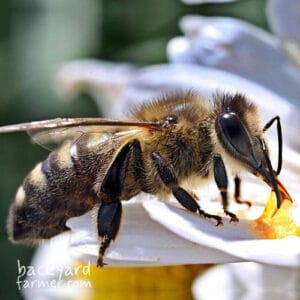
Dark European Honey Bee (Apis M.Mellifera)
BumbleBee Indentification Chart
This chart groups common British bumblebees to make identification easier when several species look similar. Use tail colour, banding, and body shape to compare species side by side.
👉 Each bumblebee card links to a detailed species profile.

Early Bumble bee (Bombus pratorum)

Tree Bumble Bee (Bombus hypnorum)
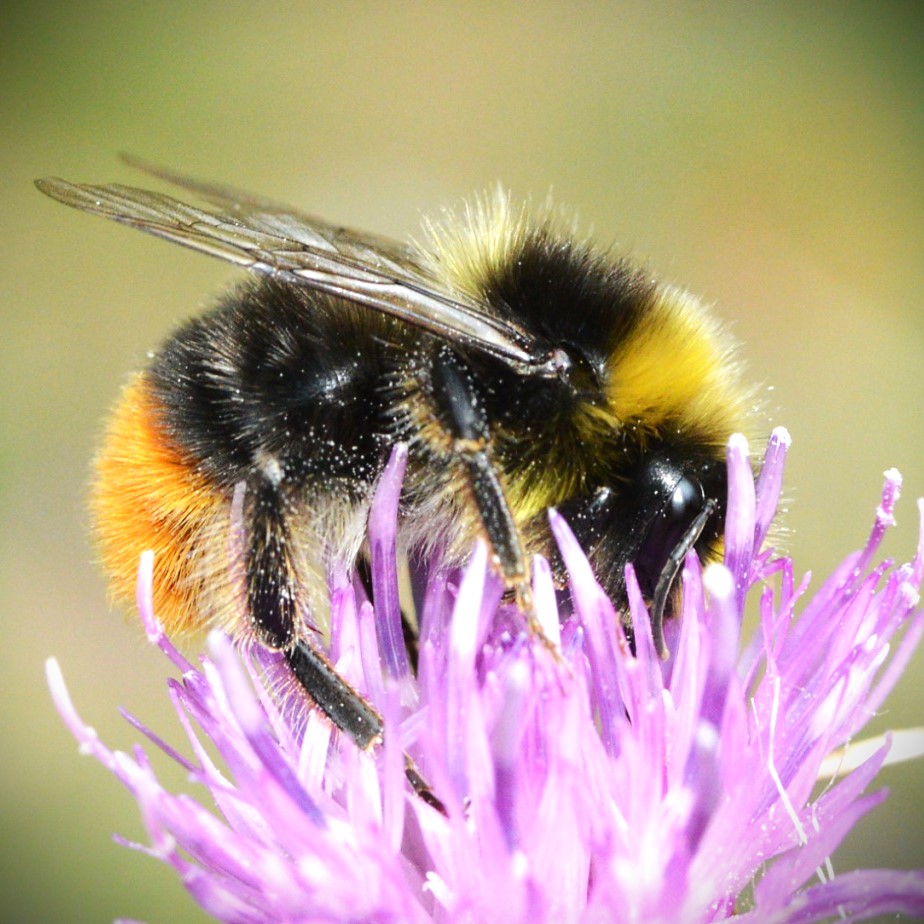
Red Tailed Black (Bombus lapidarius)

Banded White Tail (Bombus lucorum)
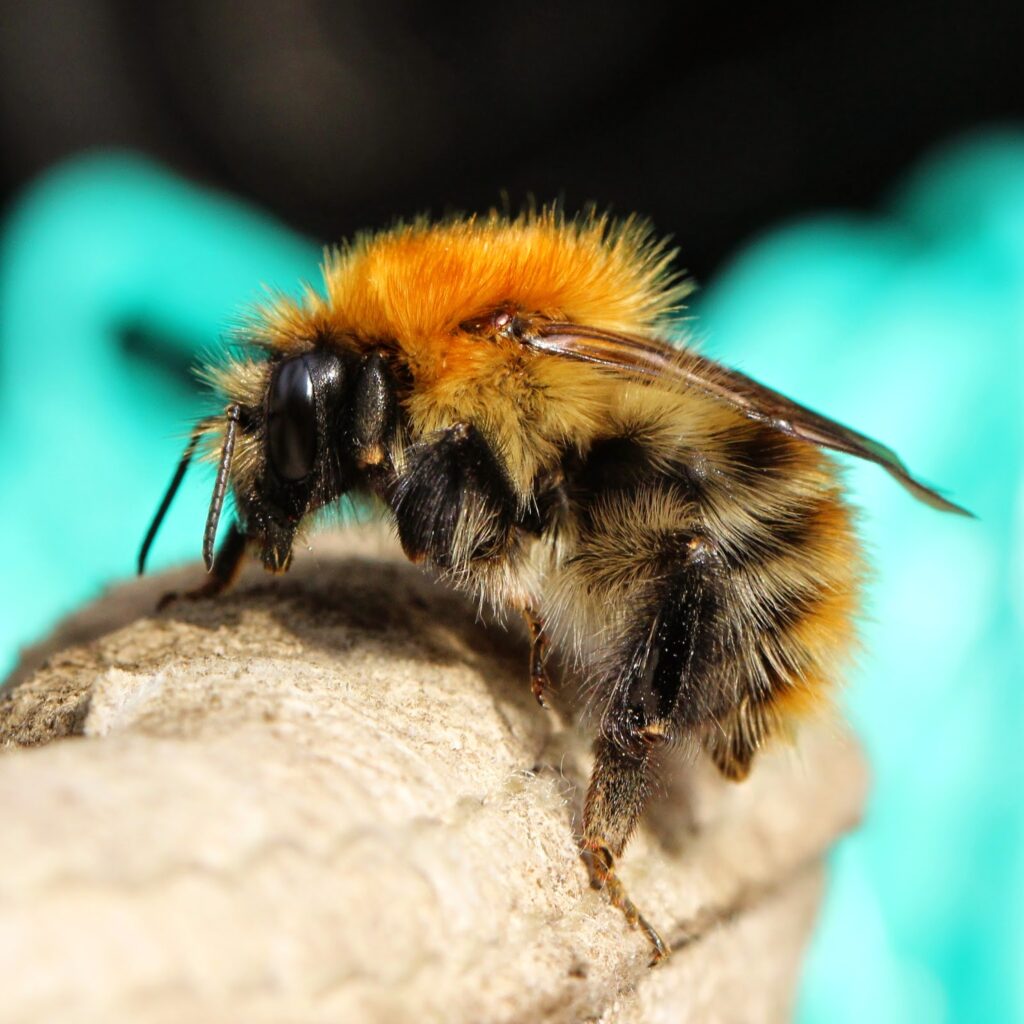
Common Carder bee (Bombus pascuorum)

Brown Banded Carder (Bombus humilis)
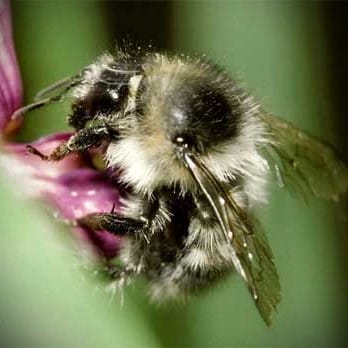
Shrill Carder Bee (Bombus sylvarum)

Buff-tailed Bumblebee (Bombus terrestris)

Garden Bumblebee (Bombus hortorum)

Heath Bumblebee (Bombus jonellus)

Large Garden Bumblebee (Bombus ruderatus)

Broken-belted Bumblebee (Bombus soroeensis)

Great Yellow Bumblebee (Bombus distinguendus)

Northern White-tailed Bumblebee (Bombus magnus)

Short-haired Bumblebee (Bombus subterraneus)

Bilberry Bumblebee (Bombus monticola)

Red-shanked Carder Bee
(Bombus ruderarius)
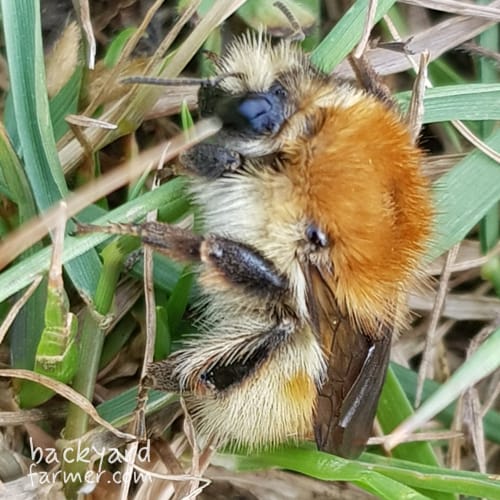
Moss carder bee
(Bombus muscorum)

Ruderal bumblebee (Bombus veteranus)

Ruderal bumblebee (Bombus veteranus)
Cuckoo Bee Indentification Chart
Cuckoo bees can be tricky to identify because they closely resemble their host species. This chart highlights the subtle features used in cuckoo bumblebee identification, alongside behavioural clues.
👉 Profiles explain host species, behaviour, and identification tips.

Field Cuckoo Bumblebee
(Bombus campestris)

Gypsy Cuckoo Bumblebee
(Bombus bohemicus)

Forest Cuckoo Bumblebee
(Bombus sylvestris)

Vestal Cuckoo Bee
(Bombus vestalis)
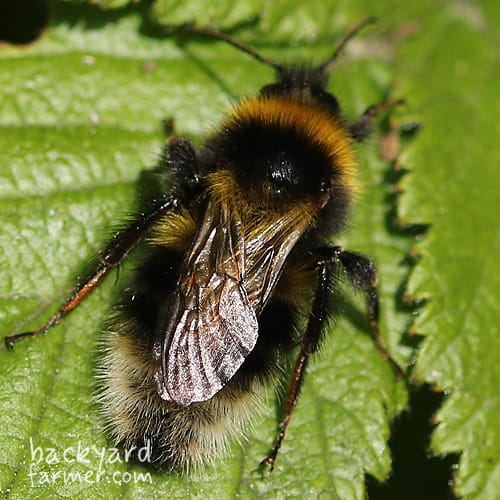
Barbut’s cuckoo bumblebee
(Bombus barbutellus)

Norwegian cuckoo bumblebee
(Bombus norvegicus)

Red-tailed cuckoo bumblebee (Bombus rupestris)
Solitary Bee Indentification Chart
Solitary bees make up the majority of UK bee species, and many are commonly seen in gardens. This chart supports solitary bee identification in the UK by grouping similar species such as mining bees, mason bees, and leafcutters.
👉 Each tile links to a full species profile with nesting and habitat details.
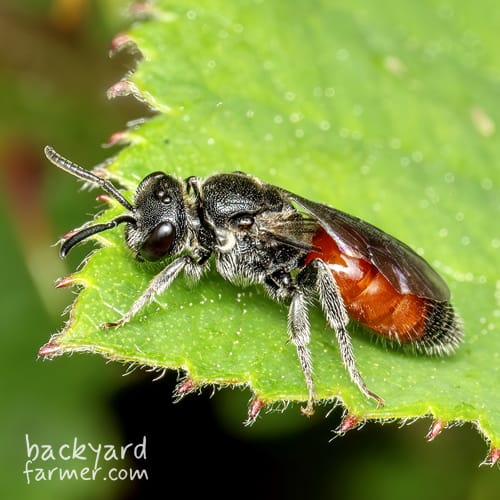
Red-girdled Mining Bee
(Andrena labiata)

Wool Carder Bee
(Anthidium manicatum)

Willoughby’s Leaf Cutter Bee
(Megachile willughbiella)
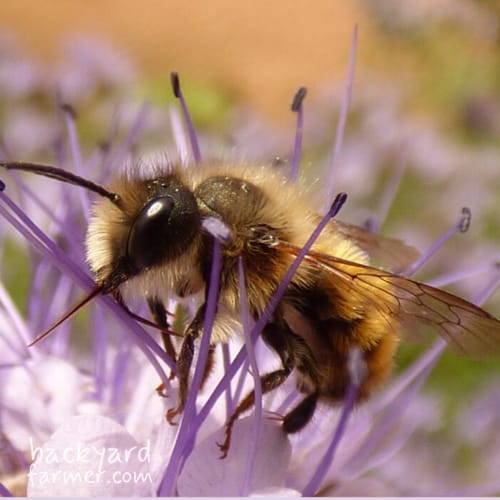
Red Mason Bee
(Osmia bicornis)

Tawny Mining Bee
(Andrena fulva)
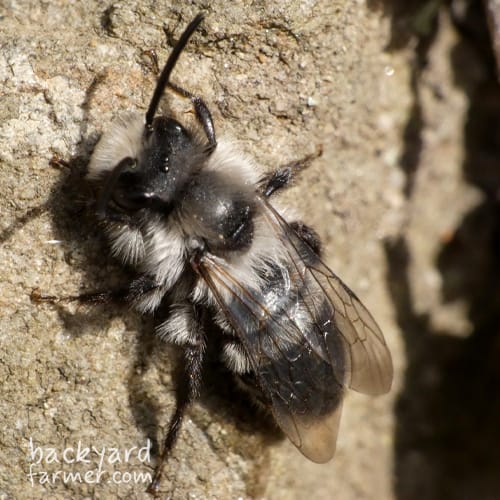
Ashy Mining Bee
(Andrena cineraria)
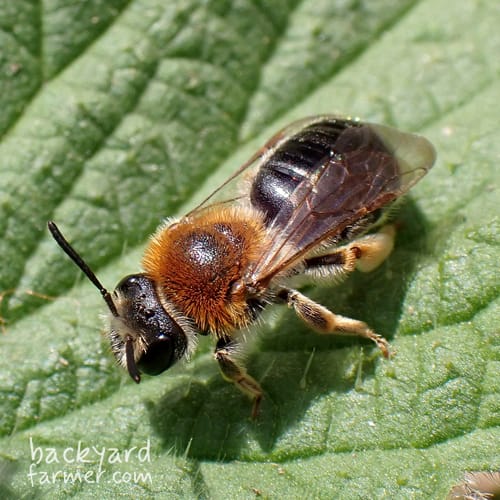
Early Mining Bee
(Andrena haemorrhoa)

Buffish Mining Bee
(Andrena nigroaenea)

Smeathman’s Furrow Bee
(L. smeathmanellum)

Green Eyed Flower Bee
(Anthophora bimaculata)
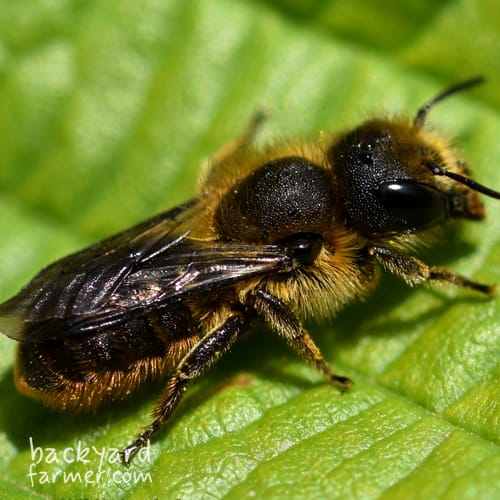
Orange-vented mason bee
(Osmia leaiana)

Common Furrow Bee
(Lasioglossum calceatum)

Long-Horned Bee
(Eucera longicornis)

Goodens Nomad Bee
(Nomada goodeniana)

Ivy Mining Bee
(Colletes hederae)
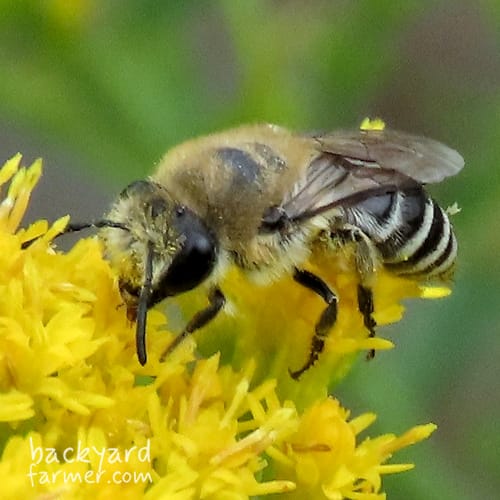
Davies’ Colletes Bee
(Colletes daviesanus)

Small Carpenter Bee
(Ceratina cyanea)
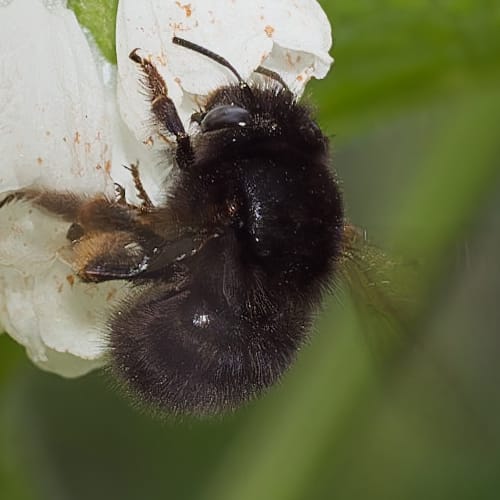
Hairy-footed Flower Bee
(Anthophora plumipes)

Patchwork Leafcutter Bee
(Megachile centuncularis)

Yellow-legged Mining Bee
(Andrena flavipes)
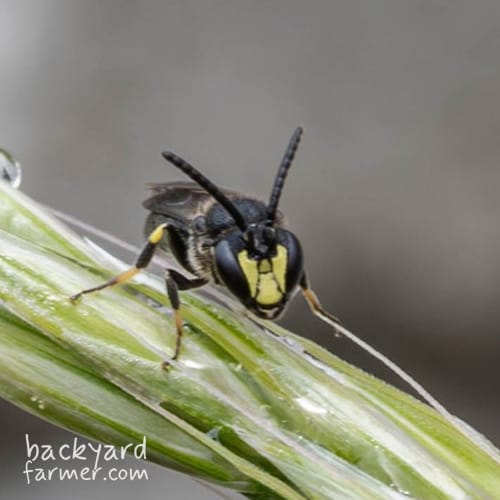
Yellow-faced Bee
(Hylaeus spp.)
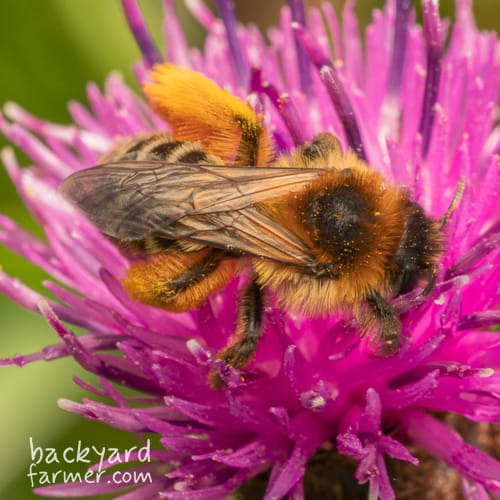
Pantaloon Bee
(Dasypoda hirtipes)

Orange-legged Furrow Bee
(Halictus rubicundus)

Silvery Leafcutter Bee
(Megachile leachella)

Small Scissor Bee
(Chelostoma florisomne)

Harebell Carpenter Bee
(Chelostoma campanularum)
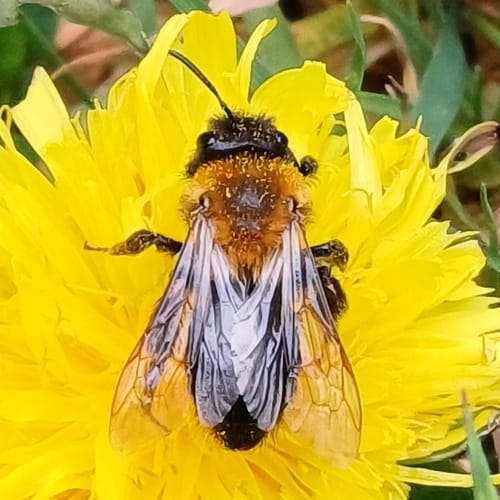
Cliff Mining Bee
(Andrena thoracica)
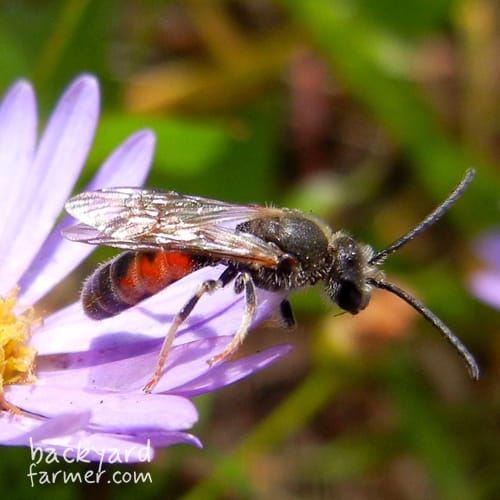
Common Mourning Bee
(Lasioglossum calceatum)
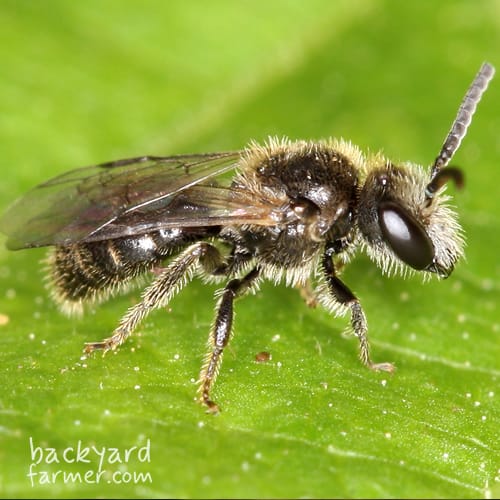
Shaggy Furrow Bee
(Lasioglossum villosulum)

Grey-patched Mining Bee
(Andrena nitida)

Orange-tip Mining Bee
(Andrena fulvago)
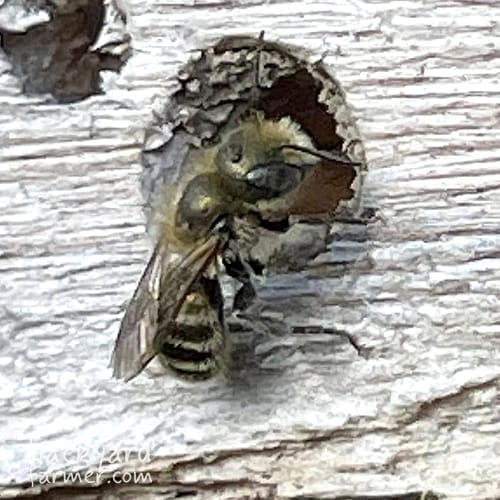
Giant willow flower bee
(Anthophora furcata)

Blue mason bee
(Osmia caerulescens)
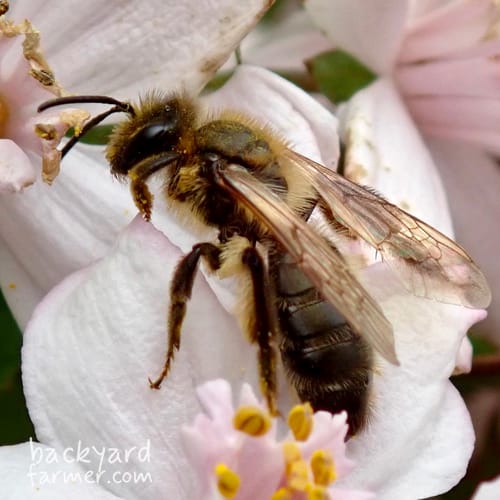
Chocolate Mining Bee (Andrena scotica)
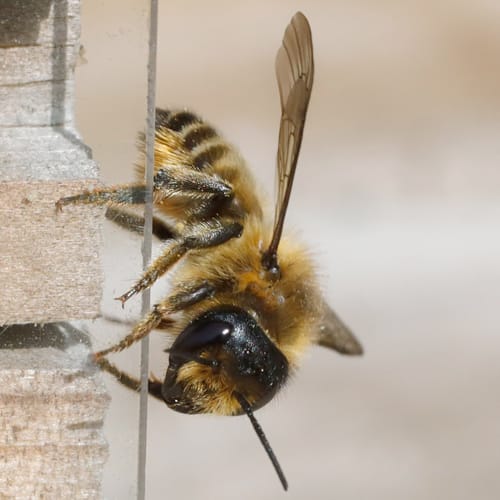
Silky Leafcutter Bee (megachile Versicolor)
The Importance of Bee Identification
Correct bee identification supports conservation, biodiversity, and pollinator-friendly gardening.
Why Bee Identification Matters
- Supports Conservation: Track declining and rare species
- Encourages Biodiversity: Different bees pollinate different plants
- Improves Gardening: Match plants to local pollinators
- Avoids Misidentification: Bees vs wasps vs hoverflies
Key Bee Groups
Most bees you’ll see in the UK fall into four broad groups. Once you know which group you’re looking at, identifying the exact species becomes much easier.

1. Honeybees
Medium-sized, golden-brown, hive-living bees commonly found in gardens and farmland.

2. Bumblebees
Large, fuzzy bees with distinctive stripes and tail colours. Excellent pollinators.
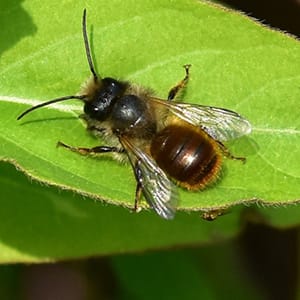
3. Solitary Bees
Smaller, diverse bees nesting alone in soil, stems, or wood. Highly efficient pollinators.

4. Cuckoo Bees
Parasitic bees that lay eggs in other bees’ nests and collect no pollen themselves.
Key Identification Traits
| Trait | Honeybees | Bumblebees | Solitary Bees | Cuckoo Bees |
|---|---|---|---|---|
| Size | Medium | Large | Small–Medium | Medium |
| Hair | Moderate | Very furry | Variable | Sparse |
| Colour | Brown-gold | Black/yellow/red | Diverse | Mimics host |
| Behaviour | Direct flight | Loud, slow | Low hovering | Nest lurking |
Bee Identification FAQs
Bees are usually hairier and rounder than wasps, with visible pollen baskets or fluffy bodies. Wasps tend to be smoother, slimmer, and more brightly patterned, while hoverflies often mimic bees but have very large eyes and hover in place. If in doubt, behaviour and hairiness are often the best clues.
There are over 250 species of bees in the UK, including honeybees, bumblebees, solitary bees, and cuckoo bees. Most UK bee species are solitary and do not live in hives.
Don’t worry — many bees look similar. Use the Bee Identification Tool and select “not sure” where needed, then compare your results with the photo charts and species profiles. Taking a clear photo from the side or top can also help with identification later.
Start with tail colour — it’s often the quickest clue. Then look at the number and position of yellow or black bands, overall body size, and behaviour. Using the Bee Identification Tool alongside the photo charts makes this much easier.
White-tailed Bumblebee, Buff-tailed Bumblebee, Red-tailed Bumblebee, and Garden Bumblebee are among the most common species seen in British gardens, especially from spring to late summer.
Bumblebees are generally larger, rounder, and much fuzzier than honeybees. Honeybees have slimmer bodies, a more uniform brown-gold colour, and are usually seen flying directly back to a hive.
Bumblebees are not aggressive and rarely sting unless handled or threatened. They are focused on collecting nectar and pollen and are safe to observe in gardens.
Many bumblebee species share similar colour patterns due to mimicry and evolution. This is why looking at multiple traits — not just colour — is important for accurate identification.
Bumblebees can be seen from early spring through autumn. Queens appear first in spring, workers are common in summer, and males are more visible later in the season.
Yes. The tool is designed to narrow down likely species using colour, size, season, and behaviour, and it works even if you’re unsure about some details.
Conclusion: Why Bee Identification Matters
Bee identification is more than a hobby — it’s a practical way to protect pollinators and ecosystems.
How You Can Help
- Observe and record bee traits
- Plant pollinator-friendly flowers
- Provide nesting habitats
With the UK Bee Identification Tool and linked species profiles, you’re equipped to identify bees accurately and support their future.
🐝 Every bee matters.





